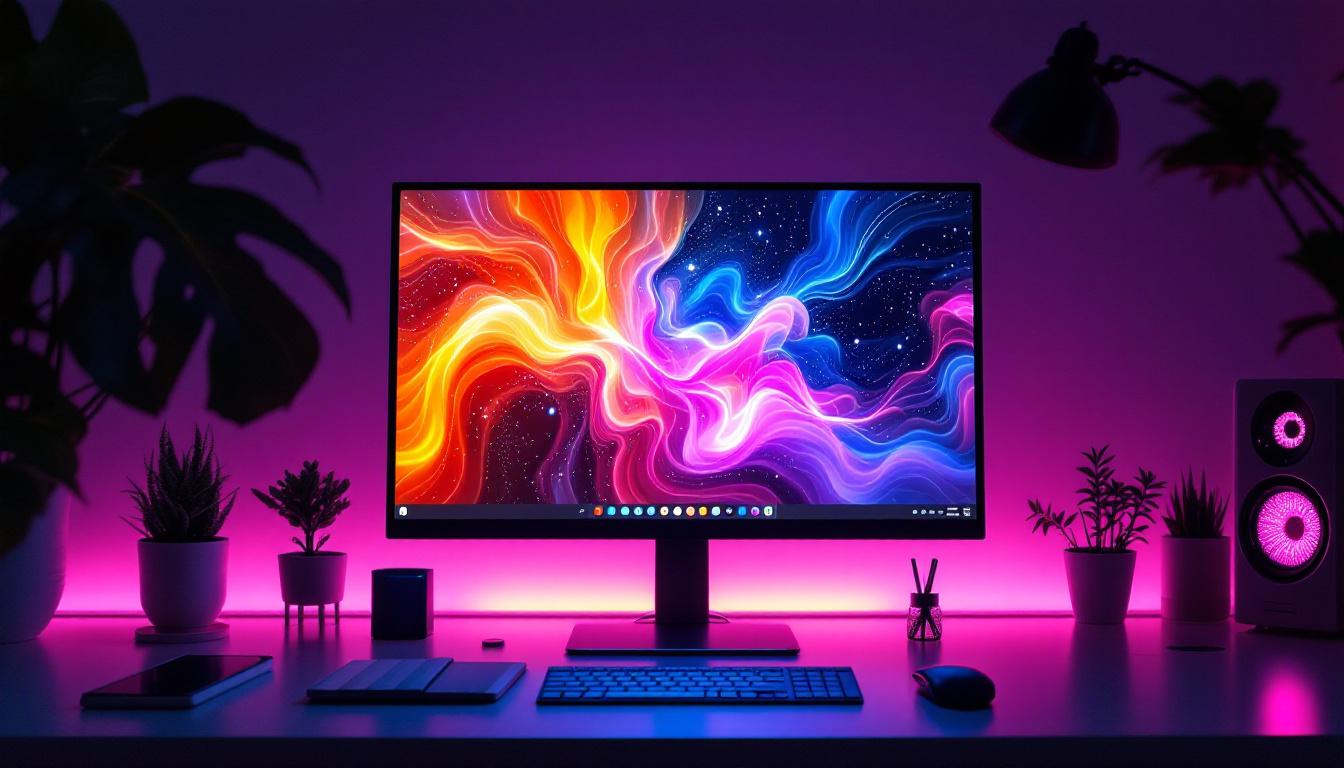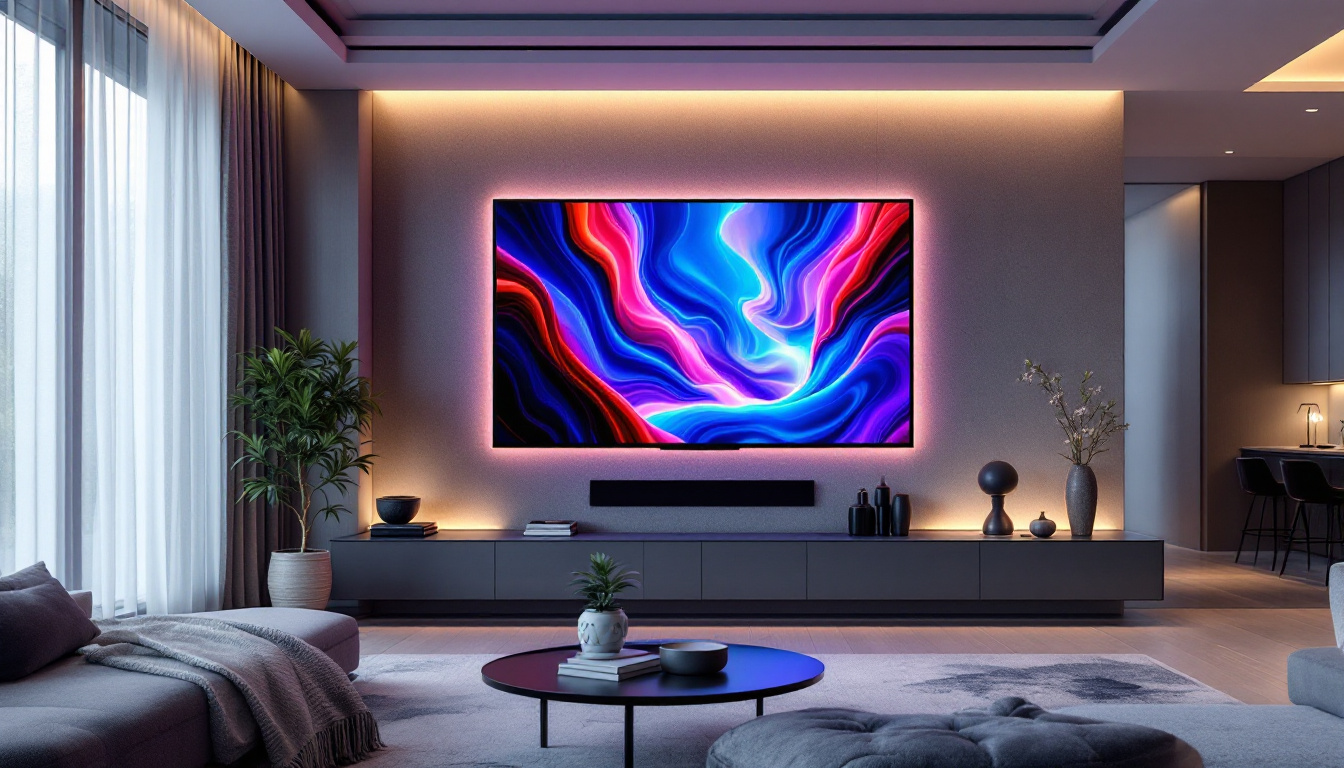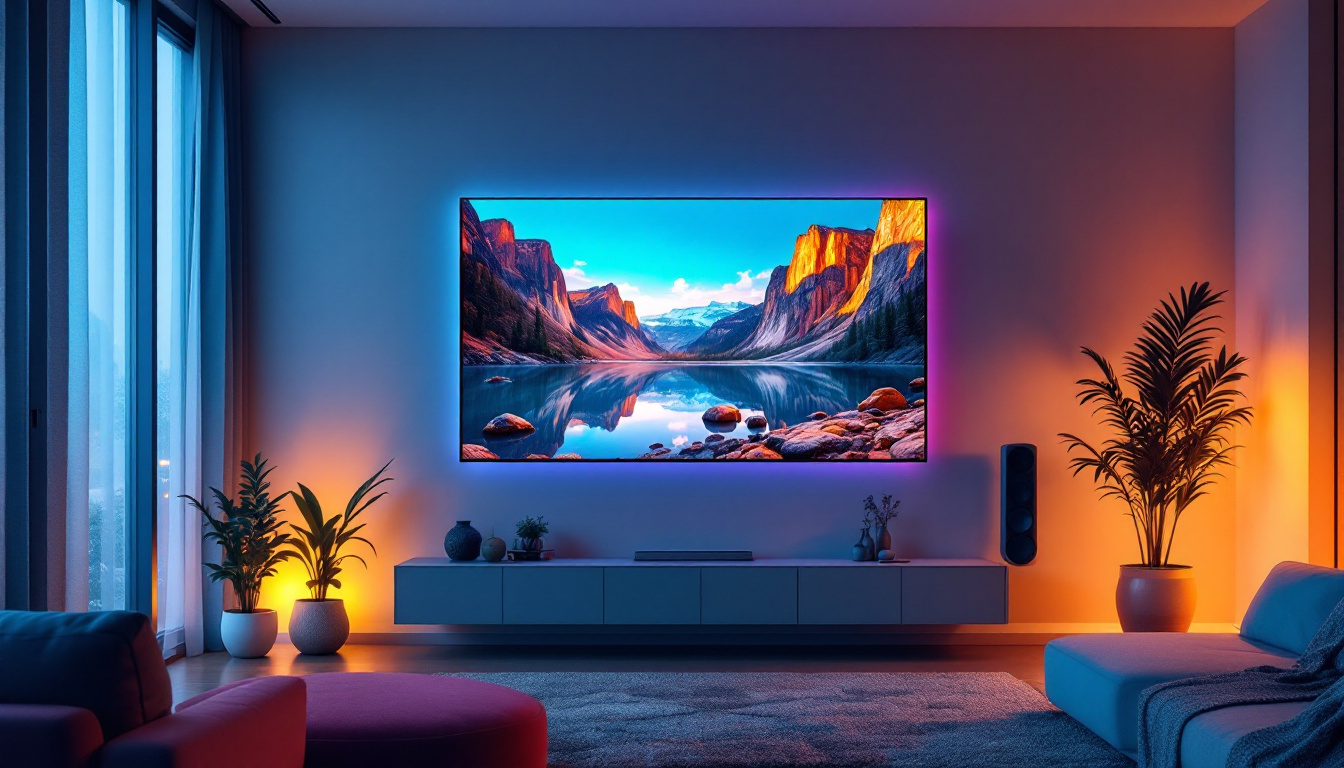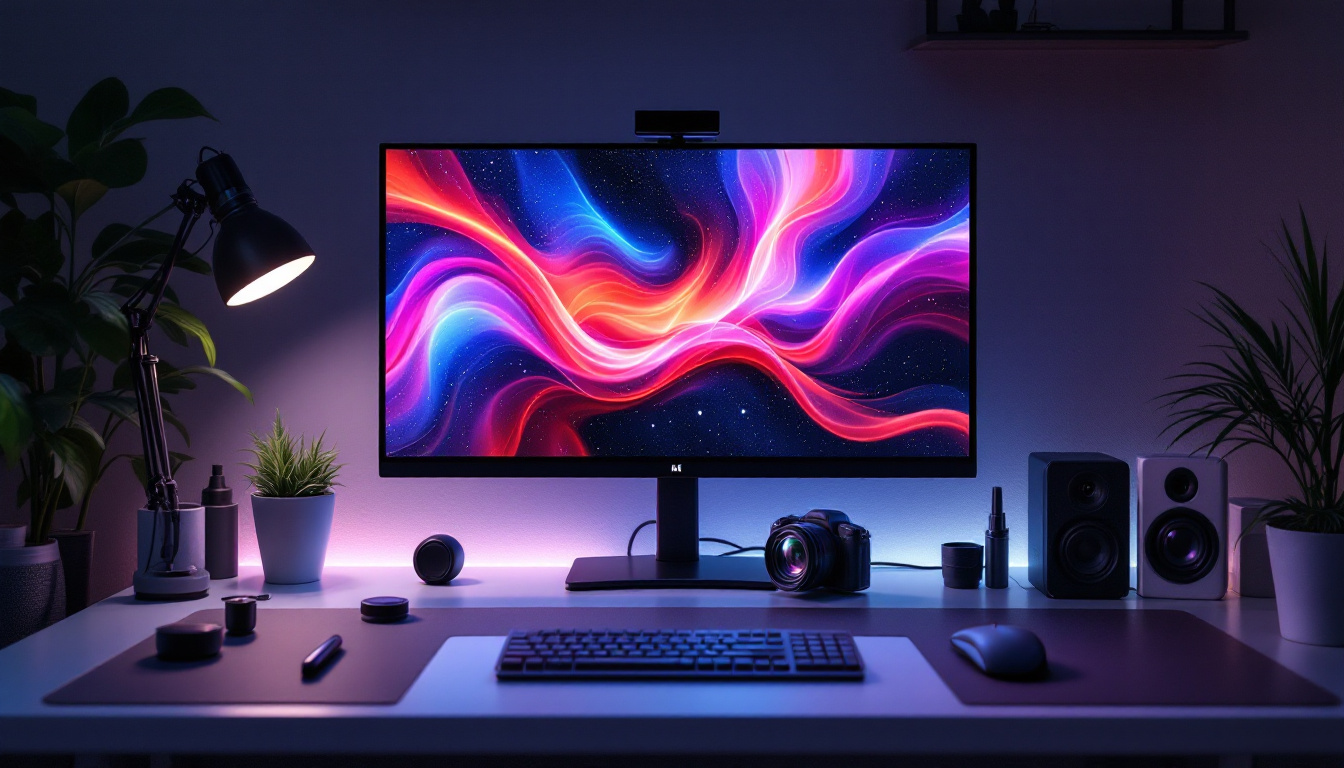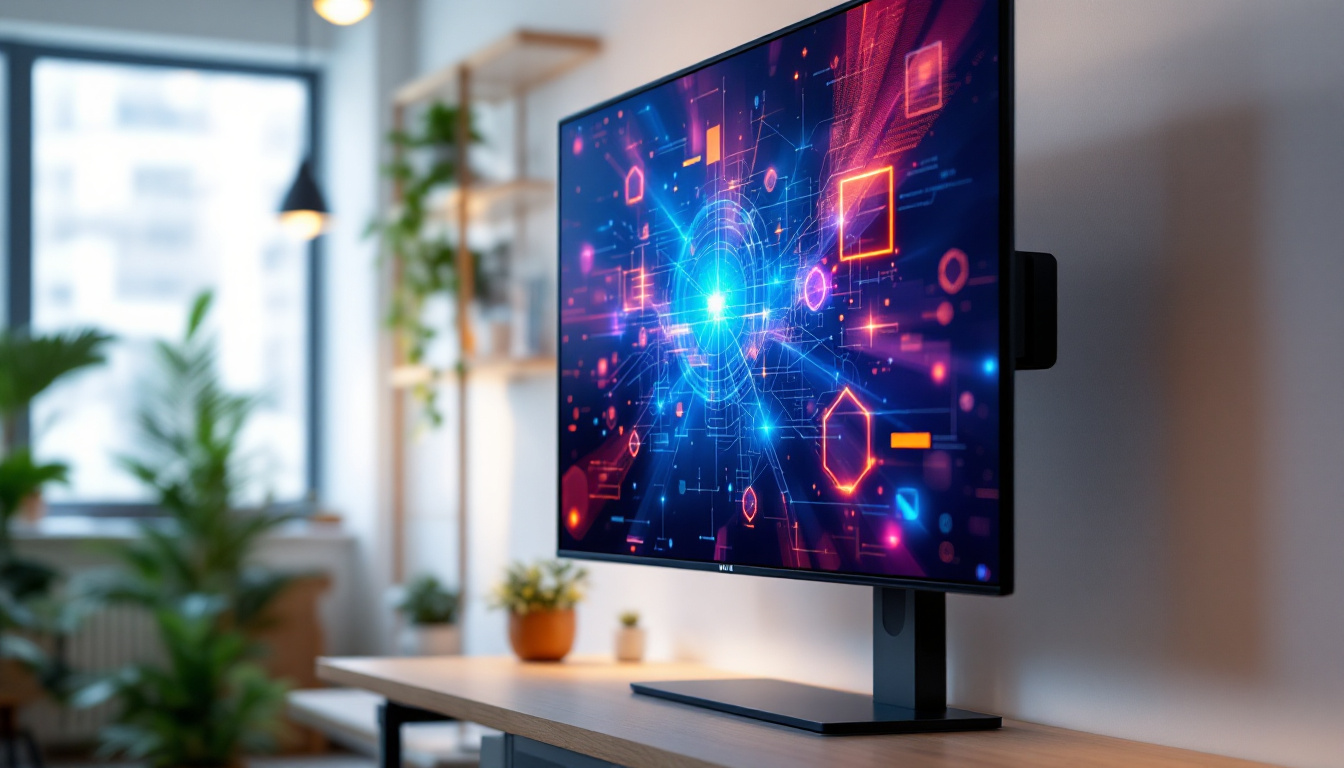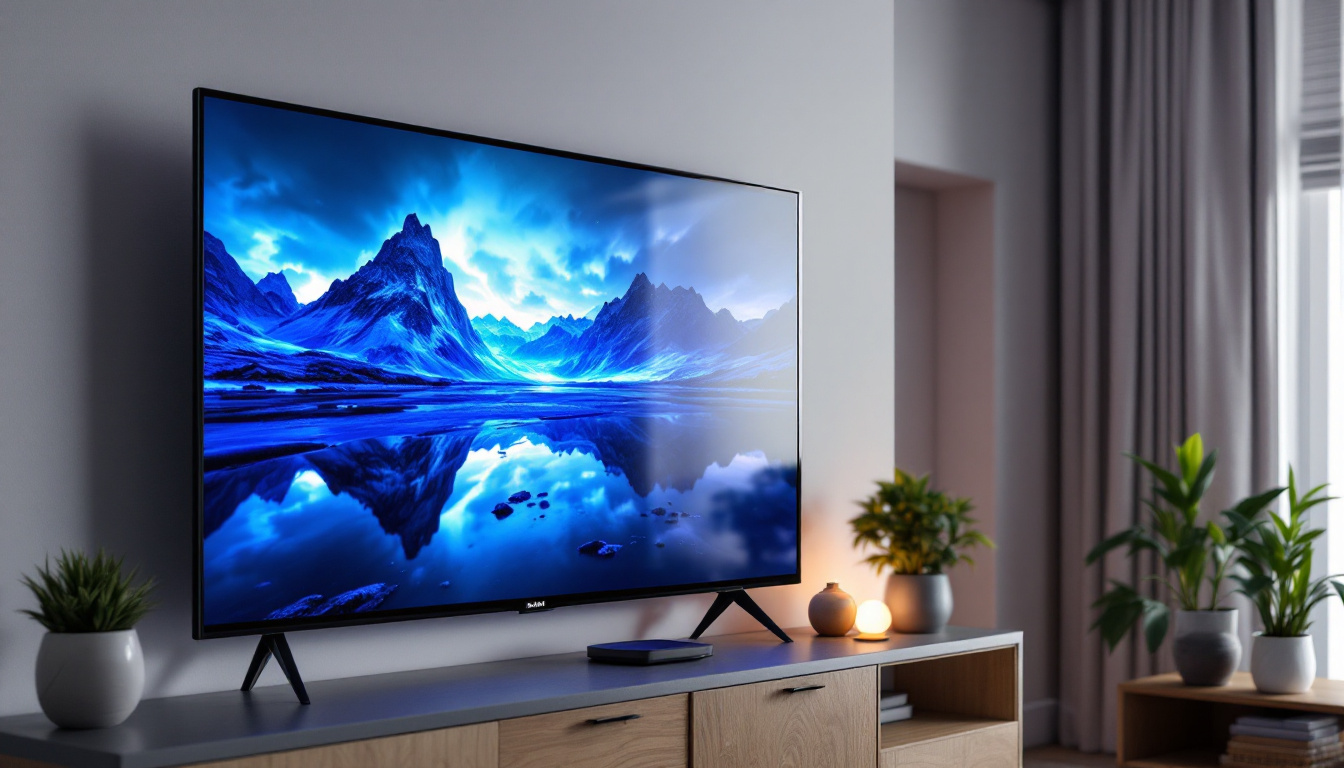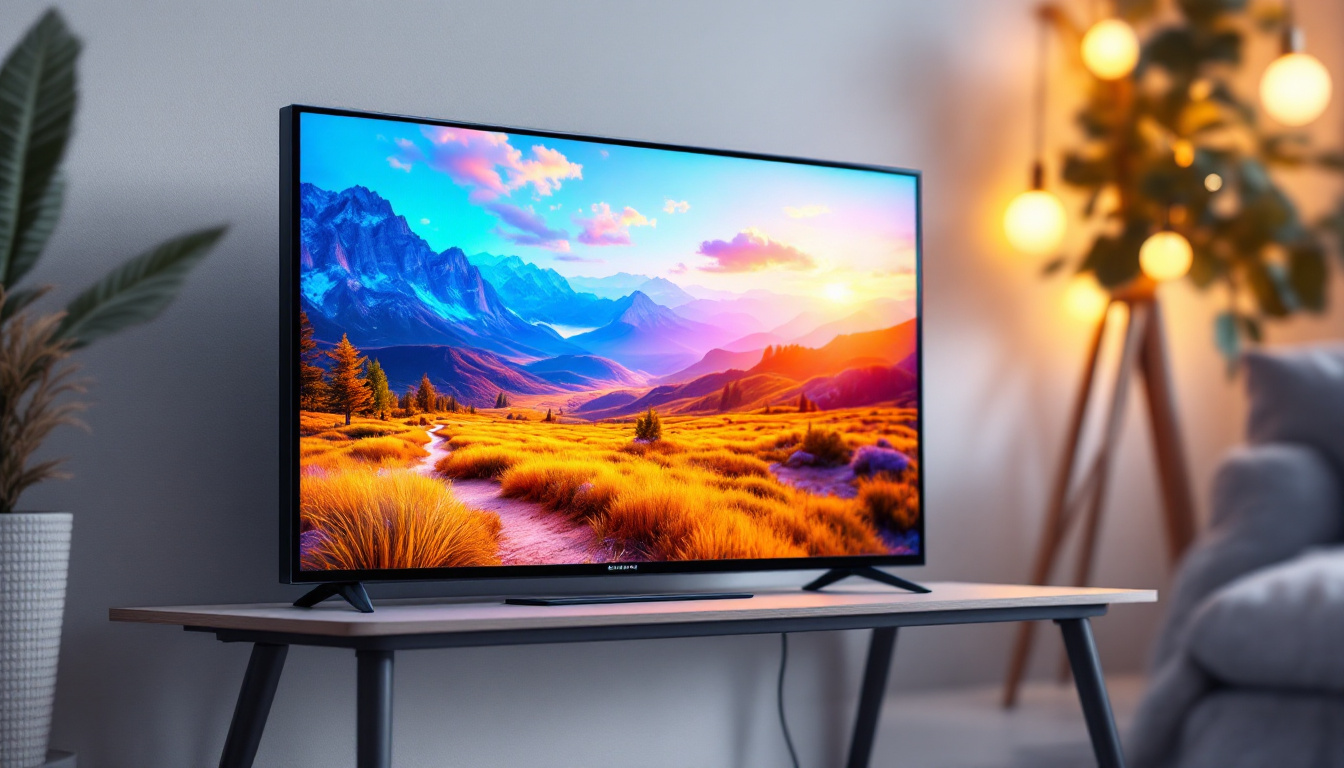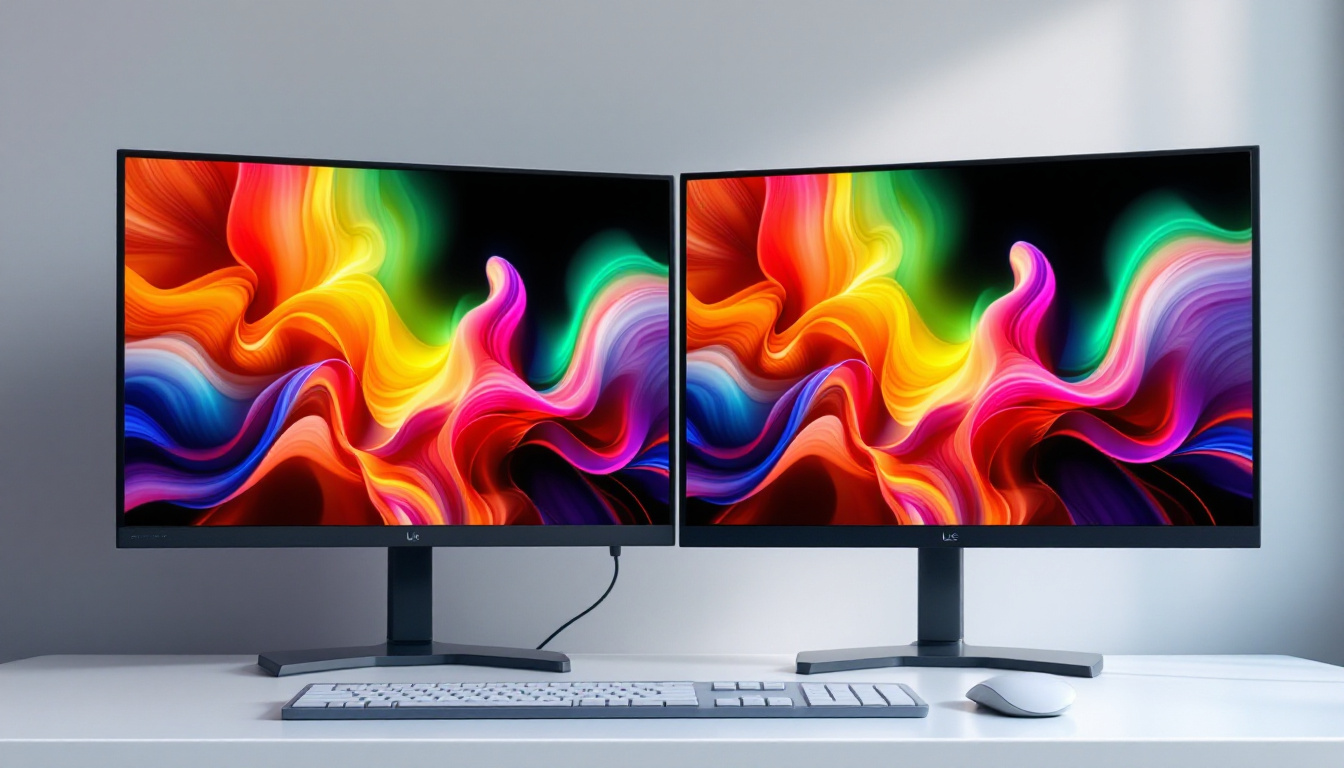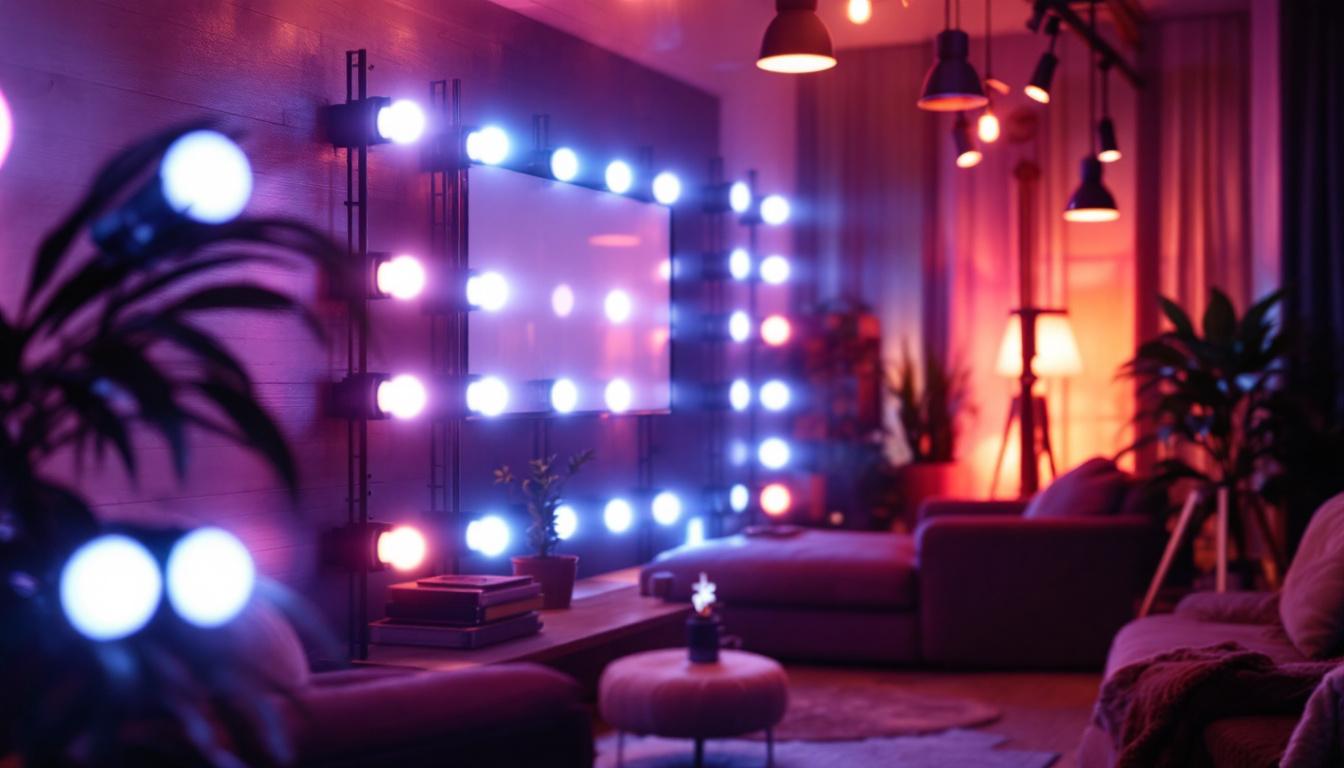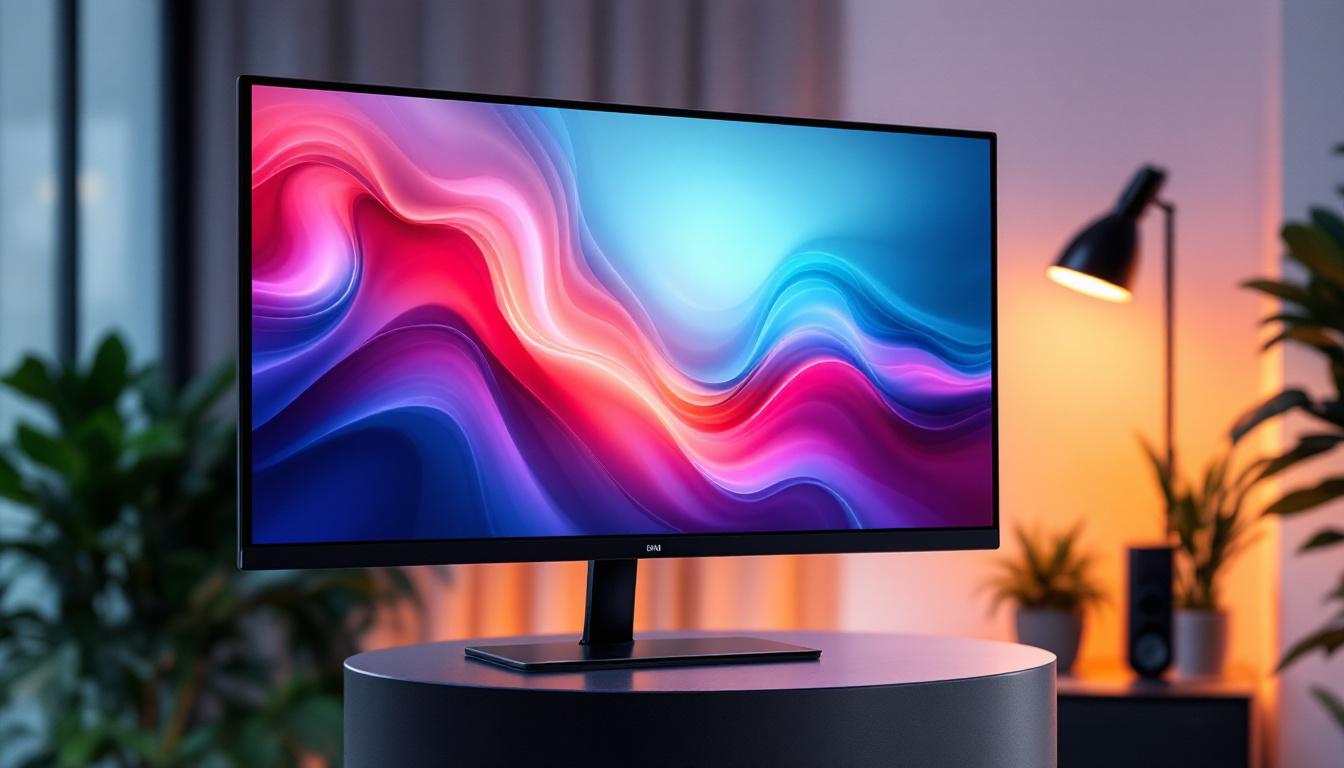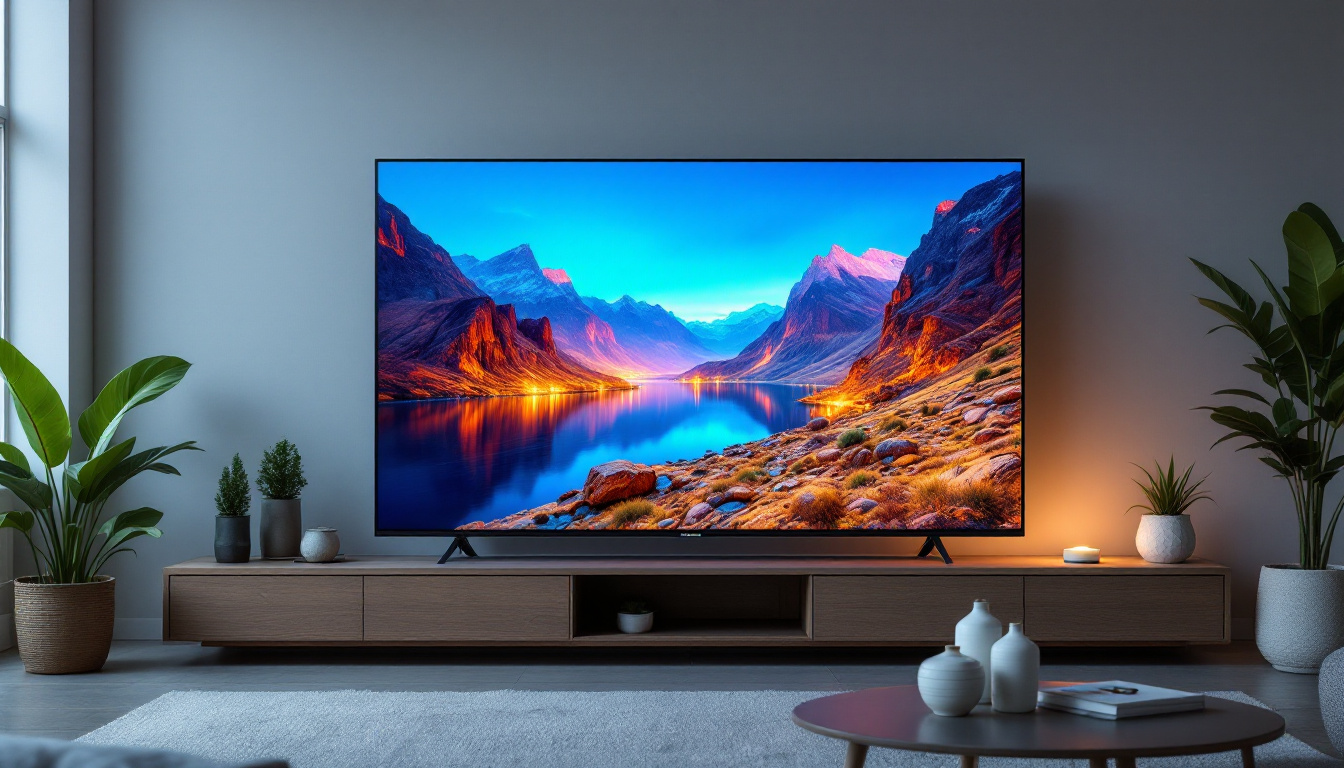In the ever-evolving world of technology, the display screen has become a crucial component of our daily lives. From smartphones to televisions, the demand for high-quality visual experiences continues to rise. Among the various types of screens available, LCD (Liquid Crystal Display) and LED (Light Emitting Diode) displays are among the most popular. This article delves into the nuances of LCD screens for sale, particularly focusing on LED technology, its advantages, and how it compares to other display types.
Understanding LCD and LED Technology
To appreciate the significance of LCD screens, it is essential to understand the fundamental technologies behind them. While the terms LCD and LED are often used interchangeably, they refer to different aspects of display technology.
What is LCD?
LCD stands for Liquid Crystal Display. This technology utilizes liquid crystals sandwiched between two layers of glass or plastic. When an electric current passes through the liquid crystals, they align in such a way that they either block or allow light to pass through, creating images. LCDs are known for their thin profile, lightweight design, and energy efficiency. One of the key advantages of LCD technology is its ability to produce sharp images with high resolution, making it ideal for everything from televisions to computer monitors. Additionally, LCD screens are less prone to burn-in issues compared to older technologies like CRTs, which enhances their longevity and usability.
What is LED?
LED, on the other hand, refers to the type of backlighting used in some LCD displays. While traditional LCDs use fluorescent backlighting, LED displays utilize light-emitting diodes to illuminate the screen. This advancement in technology offers several benefits, including improved brightness, contrast, and color accuracy. The use of LED backlighting also allows for thinner screen designs, as the diodes can be placed in a more compact manner than traditional fluorescent tubes. Furthermore, there are different types of LED backlighting, such as edge-lit and full-array, each providing unique advantages in terms of picture quality and energy consumption. As a result, LED technology has become the standard for modern displays, enhancing the viewing experience for users across various applications.
Advantages of LED-Lit LCD Screens
LED technology has revolutionized the way LCD screens function and perform. The integration of LED backlighting has led to numerous advantages that enhance the overall viewing experience.
Improved Brightness and Contrast
One of the most significant benefits of LED-lit LCD screens is their ability to produce brighter images. The use of LEDs allows for a higher level of brightness compared to traditional fluorescent backlighting. This is particularly advantageous in brightly lit environments where visibility is essential.
Additionally, LED technology provides better contrast ratios. By controlling the brightness of individual pixels, LED displays can achieve deeper blacks and more vibrant colors. This capability enhances the overall picture quality, making it ideal for watching movies, playing video games, or viewing high-definition content. The ability to render subtle details in dark scenes can transform the viewing experience, allowing users to appreciate the full depth of cinematography that might otherwise be lost on lesser screens.
Energy Efficiency
Energy efficiency is another critical advantage of LED-lit LCD screens. LEDs consume less power than traditional fluorescent lights, leading to lower energy bills and a reduced environmental impact. This efficiency is particularly beneficial for larger screens, such as televisions, which are often left on for extended periods.
Moreover, the longer lifespan of LED lights means that users can enjoy their displays for years without needing to replace the backlighting. This longevity contributes to the overall cost-effectiveness of LED-lit LCD screens. In addition to these financial benefits, the reduced heat output of LEDs compared to older technologies can lead to a more comfortable viewing environment, especially in smaller spaces. This thermal efficiency not only prolongs the life of the screen but also minimizes the need for additional cooling systems, further enhancing the eco-friendly profile of LED technology.
Types of LED Displays
When exploring LCD screens for sale, it is essential to understand the different types of LED displays available. Each type has its unique characteristics, catering to various needs and preferences.
Edge-Lit LED Displays
Edge-lit LED displays are designed with LEDs positioned along the edges of the screen. This configuration allows for a thinner profile, making it an attractive option for wall-mounted televisions and monitors. However, edge-lit displays may not achieve the same level of uniform brightness as other types, particularly in larger screens.
Full-Array LED Displays
Full-array LED displays feature a grid of LEDs positioned directly behind the screen. This arrangement allows for more precise control over brightness and contrast, resulting in superior picture quality. Full-array displays often include local dimming technology, which enhances black levels and improves overall performance.
OLED vs. LED-Lit LCD
While LED-lit LCD screens offer numerous advantages, it is worth mentioning OLED (Organic Light Emitting Diode) technology. Unlike LCDs, OLED displays do not require a backlight, as each pixel emits its own light. This results in even better contrast ratios and color accuracy. However, OLED screens tend to be more expensive than their LED-lit LCD counterparts.
Choosing the Right LCD Screen
With various options available, selecting the right LCD screen can be a daunting task. Several factors should be considered to ensure that the chosen display meets the user’s specific needs.
Screen Size and Resolution
Screen size is one of the most critical factors when choosing an LCD display. Larger screens are ideal for immersive viewing experiences, particularly in home theaters. However, the available space and viewing distance should also be taken into account. A screen that is too large for a small room may lead to discomfort during use.
Resolution is another vital aspect to consider. Higher resolutions, such as 4K and 8K, offer greater detail and clarity, making them suitable for high-definition content. Users should assess their viewing habits and the types of media they consume to determine the appropriate resolution for their needs.
Connectivity Options
Connectivity is essential for modern displays, as users often connect various devices such as gaming consoles, streaming devices, and computers. Look for LCD screens that offer multiple HDMI ports, USB connections, and compatibility with wireless technologies like Bluetooth and Wi-Fi. This flexibility ensures that users can easily connect their devices without hassle.
Budget Considerations
Budget is a crucial factor when purchasing an LCD screen. Prices can vary significantly based on size, resolution, and additional features. It is essential to set a budget and prioritize features that matter most. While it may be tempting to opt for the cheapest option, investing in a quality display can lead to a better viewing experience and greater longevity.
Maintenance and Care for LCD Screens
Proper maintenance and care can significantly extend the lifespan of an LCD screen. Understanding how to care for these displays is essential for ensuring optimal performance over time.
Cleaning Techniques
Cleaning an LCD screen requires special care to avoid damage. It is advisable to use a microfiber cloth and a gentle cleaning solution specifically designed for electronics. Avoid using paper towels or abrasive materials, as these can scratch the screen’s surface. Additionally, never apply liquid directly to the screen; instead, dampen the cloth and gently wipe the surface.
Optimal Viewing Conditions
Creating an optimal viewing environment can enhance the overall experience. Avoid placing the screen in direct sunlight, as this can lead to glare and reduce visibility. Instead, position the display in a room with controlled lighting to minimize reflections. Adjusting the screen’s brightness and contrast settings can also help achieve the best picture quality.
Future Trends in Display Technology
The display technology landscape is continually evolving, with new advancements on the horizon. Understanding these trends can help consumers make informed decisions when purchasing LCD screens.
MicroLED Technology
MicroLED is an emerging technology that promises to combine the best features of LCD and OLED displays. It uses tiny, self-emitting LEDs to create images, offering superior brightness, contrast, and color accuracy. MicroLED displays are expected to be more energy-efficient and longer-lasting than their predecessors, making them an exciting option for the future.
Flexible Displays
Flexible display technology is also gaining traction, allowing screens to bend and curve without compromising image quality. This innovation opens up new possibilities for design and functionality, enabling manufacturers to create unique products that cater to various user needs.
Enhanced Smart Features
As smart technology continues to advance, LCD screens are becoming increasingly integrated with smart features. This includes voice control, app compatibility, and enhanced connectivity options. Consumers can expect to see more displays that seamlessly integrate with their smart home ecosystems, providing a more connected and convenient experience.
Conclusion
LCD screens, particularly those utilizing LED technology, offer a compelling combination of performance, energy efficiency, and affordability. Understanding the differences between various display types, the advantages of LED backlighting, and the factors to consider when purchasing can empower consumers to make informed decisions. As technology continues to evolve, staying informed about the latest trends and innovations will ensure that users can enjoy the best possible viewing experience for years to come.
Whether for home entertainment, professional use, or gaming, the right LCD screen can significantly enhance the visual experience. As the market continues to expand, there are numerous options available to cater to diverse preferences and budgets. By prioritizing quality and understanding the technology behind the displays, consumers can find the perfect LCD screen to meet their needs.
Discover LumenMatrix’s Innovative LED Display Solutions
Ready to elevate your visual experience with the latest in LED display technology? Look no further than LumenMatrix, a pioneer in crafting LED displays that bring your content to life. Whether you’re in need of an Indoor LED Wall Display for your business, an Outdoor LED Wall Display for events, or any of our specialized solutions like Vehicle, Sports, or Floor LED Displays, LumenMatrix has you covered. Our mission is to transform your visual communication with displays that not only engage but also captivate your audience. Don’t miss the opportunity to make a powerful statement with clarity and impact. Check out LumenMatrix LED Display Solutions today and step into the future of digital signage.



